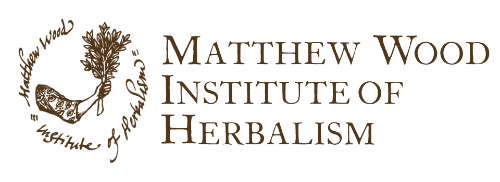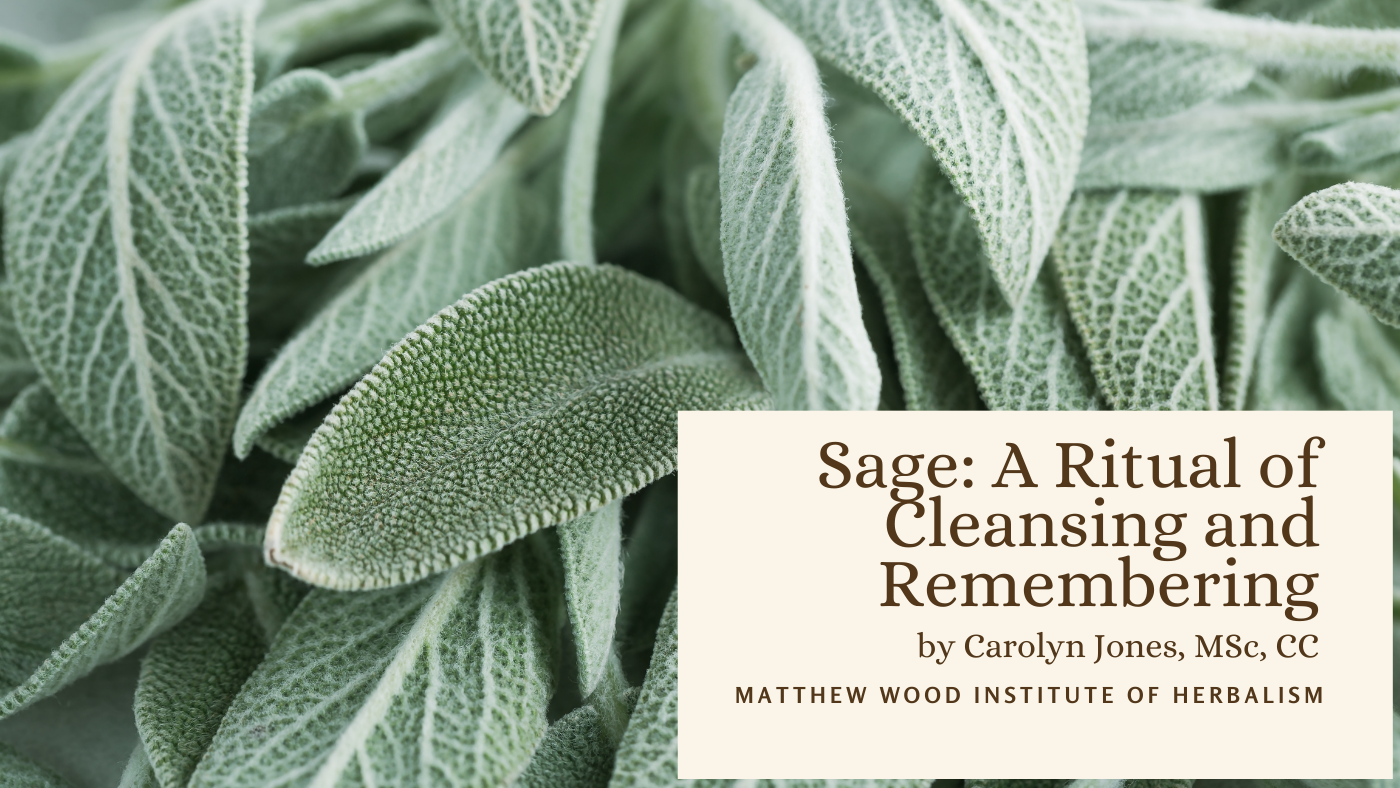Sage (Salvia officinalis) has been a lifelong companion. As a child, I would watch my mother stretch her 5’1” frame to retrieve large containers of sage and other seasonings from the pantry to prepare her meat and poultry, never realizing the total impact that simple action would eventually have on my adult life.
Her kitchen was especially dramatic during the holidays. I sat at the table, fascinated by how she would combine her special bouquet of herbs and spices, with a generous amount of sage and butter, to massage into the flesh of the Thanksgiving turkey, before placing it in the refrigerator to marinate. I also enjoyed watching her crumble sage sausage into the cornbread dressing, as a key ingredient, before sticking it into the oven to bake.
Even though we lived in an urban environment, my mother kept a garden where she cultivated rows of collard greens, mustard greens, tomatoes and other vegetables that reflected the essence of her Southern roots.
Mattie Bell planted bright red rose bushes and multi-colored zinnias, adding a pop of color to the front and back yards of our home at 27 Monaco Place, in the heart of Bedford-Stuyvesant in Brooklyn, New York. It all makes for an affectionate compilation of memories.
I conducted an interview with my friend and fellow herbalist, Gianina Galatro, which revealed similar experiences in our introduction to this pungent herb.
Her love affair with herbs and spices also began in her mother’s kitchen. It is a lesson in how much we mirror each other as human beings, notwithstanding culture.
As she shared her story, I felt the warmth of her tender memories:
“As a child, my mom taught me the basics of herb gardening. I learned how common kitchen herbs looked and smelled, how to harvest them, and how to use them to flavor meals. For a long time, I saw them through a culinary lens, but I was always drawn to how they made me feel. After moving to the city after college, I began to crave the connection to plants I had from my childhood and slowly herbalism found me again.”
When asked how sage factors into her spiritual practice as a certified Life Cycle Celebrant, Gianina expressed interest in the practice of ritual and ceremony and described sage as being a stimulating aromatic that “has an immediate grounding effect, along with a rich history associated with cleansing and wisdom.”
As for cleansing the body, mind, and soul, Gianina describes this connection as powerful because “we often need wisdom to see the things that are weighing us down. Sage has the ability to guide us with that wisdom to clarity, and the release of what is no longer needed.”
She so eloquently describes sage as “a rich aromatic that has an immediate grounding effect, and a wonderful tool and incredible herbal ally when crafting ceremonies that are directed to initiate a fresh start or traverse a difficult period.”
Gianina said that she pairs sage with other herbs to create delicious-smelling satchels. She went on to describe an aromatic blend of sage, lavender, and rose she recently prepared.
“I loved this pairing for aiding people in returning to balance during the transition of summer into fall. Lavender is a nervine that can support people in relaxing into the slower, darker months. Rose aids in emotional balance as some people begin to struggle with seasonal affective disorder. And, sage is a beautiful complement to this because it helps us to tap into the wisdom of what we need during challenging transitions.”
As for use in the kitchen, she adds sage to brown butter to create a crisp topping for her pasta dishes, especially gnocchi, to make her feel “decadent and cared for.” Mouth-watering.
Gianina also advises us to source sage ethically so as to “not support practices that decimate native species.”
She recommends growing it (even in a small pot in an apartment), “in order to create a personal relationship with the plant, which can blossom into rituals that are informed by your own heritage and experiences.”
Sage advice.
Sage can be enjoyed in all of its embodiments: teas, hydrosols, flower essences, essential oils, and tinctures. These plant medicines unlock their own unique gifts for body, mind, and spirit.
As a tea, it offers digestive support that stimulates bile flow and supports the liver. It also helps relieve constipation, as it cleanses the blood and dispels mucus. On a spiritual level, sage tea offers inner purification, while supporting the emotional release of grief and worry.
Sage tincture strengthens immunity against infection, enhances memory and cognitive clarity, and helps regulate blood sugar and cholesterol levels.
As a hydrosol, sage refreshes the skin, balances oil production, and tones pores. As a spiritual treatment, it cleans the aura, enhances meditation, and heightens the intuitive nature. It can also be used to treat the home environment to clear stagnant energy and invite peace to emotionally charged spaces.
As a flower essence, sage invites clarity and encourages detachment from cycles of fear or resentment.
Sage essential oil relieves muscle aches. Be sure to dilute it with a carrier oil (e.g. olive, jojoba) before application. When diffused, it acts as a powerful antimicrobial agent.
Its sharp, penetrating scent can cut through energetic heaviness, and is used to invoke ancestral wisdom in rituals that specifically anoint the third eye and crown chakras.
As this journey through the world of sage comes to a close, I hope that you have come to the conclusion that you definitely need more sage in your life.

**Permissions**
You’re welcome to share this blog post on social media and link back to it—please do! All images, photos, and written content are the creative property of the author and used with permission. If you’d like to reproduce or distribute any part of this content beyond social sharing, written permission is required.
**Disclaimer**
The information provided in this digital content is for educational purposes only and is not intended as medical advice, diagnosis, or treatment. It should not be used as a substitute for consultation with a qualified healthcare professional. Always consult a licensed healthcare provider before making any changes to your health regimen, especially if you are pregnant, nursing, taking medications, or have a diagnosed medical condition.
Matthew Wood, the Matthew Wood Institute of Herbalism, Earth to Stars Productions, and their employees, guests, affiliates, and collaborators assume no liability for the use or misuse of any information presented. The application of any material is solely the responsibility of the reader or participant.
Any descriptions of herbal or natural products, remedies, or techniques are for informational purposes only. These statements have not been evaluated by the Food and Drug Administration (FDA). This content is not intended to diagnose, treat, cure, or prevent any disease.
Participation in educational programs or use of this material does not confer certification, licensure, or professional qualification in herbal medicine or any healthcare field. Results or experiences described may vary and are not guaranteed.
This disclaimer shall be governed by and construed in accordance with the laws of Minnesota, USA, without regard to conflict of law principles.


